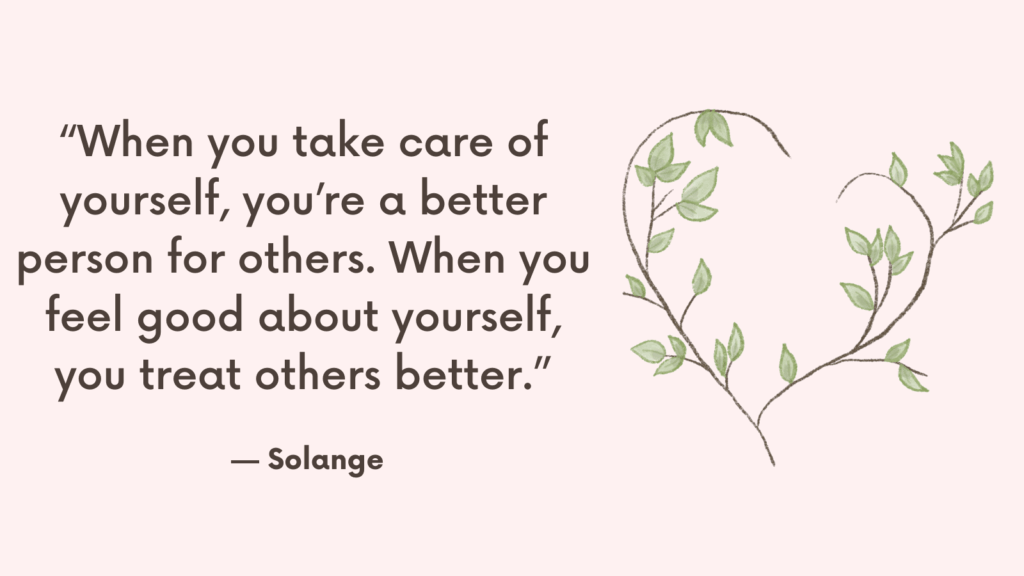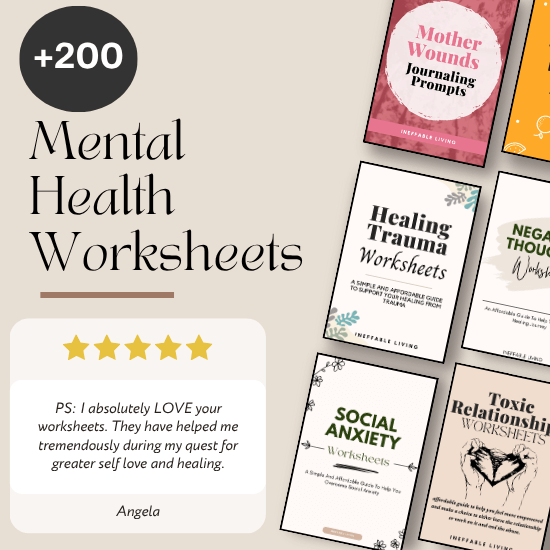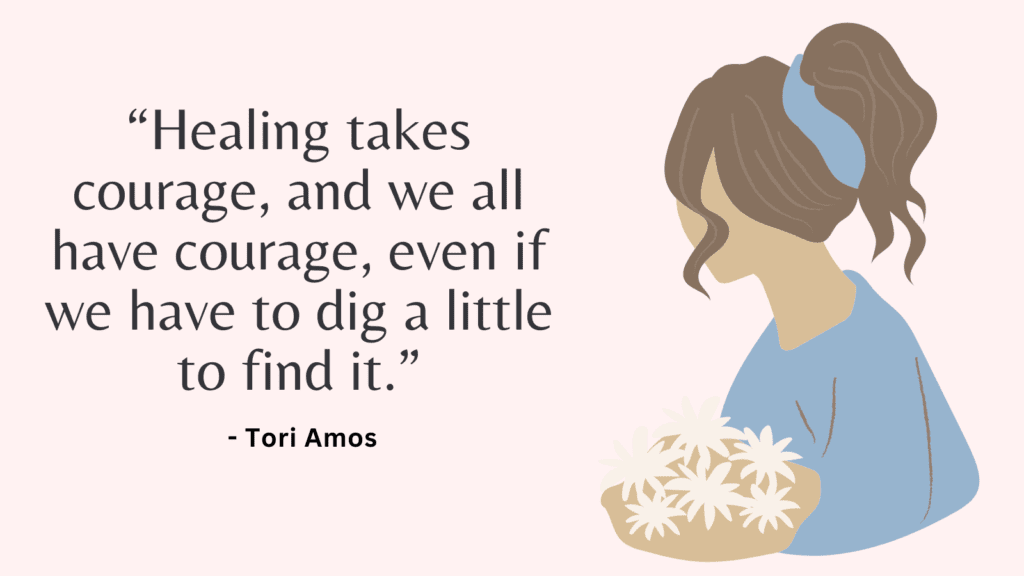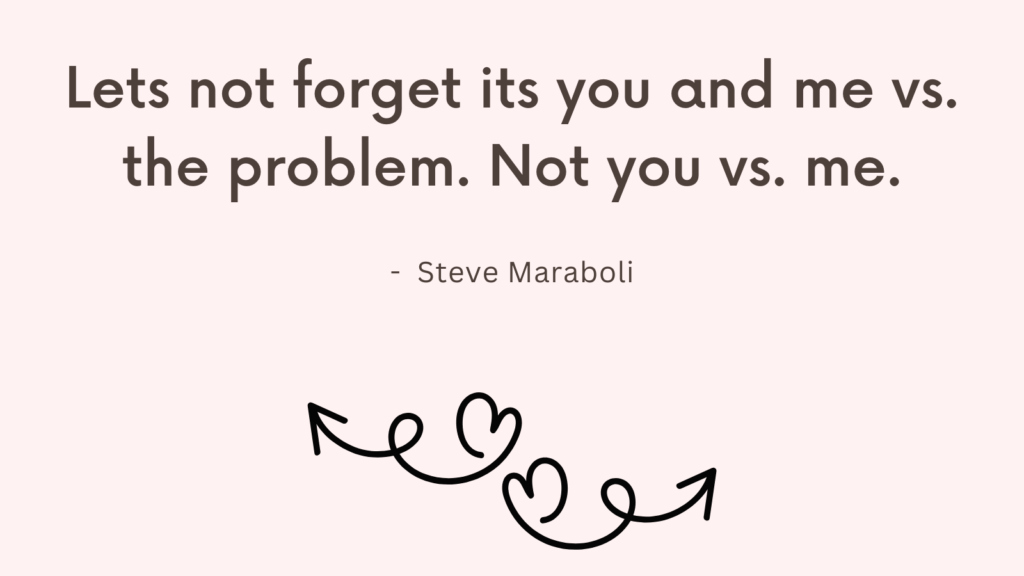Disorganised attachment is often the most misunderstood style. It’s not just about fear of intimacy or independence—it’s the push-pull between wanting closeness and fearing it at the same time. This attachment style often develops from early relationships that were both a source of love and fear. If you have a disorganised attachment, you might not even realize how it’s quietly shaping your emotional world. Here are the subtle signs to look for.
What Is a Disorganised Attachment Style?
A disorganised attachment style is a pattern of relating that’s marked by inner conflict — the longing for closeness and the fear of it happening at the same time. It often develops in early environments where the person you depended on for safety was also a source of fear, confusion, or emotional unpredictability.
Unlike secure attachment (which balances closeness and independence), disorganised attachment feels chaotic. You might crave intimacy, but when it starts to feel real, you emotionally shut down, panic, push people away, or sabotage the connection. You want to be loved, but you don’t fully trust it.
This style is rooted in trauma — especially when childhood included emotional neglect, abuse, or inconsistency from caregivers. As a result, the nervous system holds both connection and danger in the same place. Love doesn’t feel safe; it feels uncertain.
In adult relationships, disorganised attachment can look like intense highs and lows. You may fear abandonment and chase connection one moment, then fear engulfment and pull away the next. It can feel like living in a constant push-pull dynamic, even with people you care about.
You might struggle with self-worth, have trouble regulating emotions, or assume that relationships will inevitably lead to pain or betrayal. And because the behavior is often reactive and confusing, others may misread you as distant, overly sensitive, or unpredictable — when in reality, you’re trying to survive a system wired by fear.
Related: How Does a Secure Attachment Look Like?
Disorganised Attachment Style: 10 Signs You Might Be Struggling Without Knowing It
1. You Crave Connection—But Panic When You Get It
You long to be loved and understood, yet when someone gets too close, your instinct is to withdraw, shut down, or sabotage the closeness.
2. You Don’t Know If You Can Trust Anyone—Including Yourself
You often feel suspicious of others’ intentions while doubting your own judgment. Emotional safety feels out of reach, no matter who you’re with.
3. Your Relationships Feel Like Emotional Whiplash
You swing between idealizing and fearing your partner. One day you’re all in—the next day you feel overwhelmed and want out.
4. You Struggle to Identify or Express What You Need
Because your early needs weren’t met consistently, it may feel risky or even pointless to ask for support. You might think:
“They won’t understand anyway.”
5. Emotional Intimacy Feels Both Comforting and Dangerous
You crave vulnerability but also fear being hurt, rejected, or engulfed. As a result, you may ghost, shut down, or lash out without knowing why.
Related: Healing Anxious Attachment In Adults In 5 Steps
6. You Replay Relationship Conflicts in Loops
Even after the moment has passed, you obsess over what was said, what went wrong, or how it could lead to abandonment. The anxiety doesn’t switch off easily.
7. You Tend to Push People Away Before They Can Leave
Preemptive self-protection becomes a survival strategy. You might end things, pick fights, or shut down emotionally to avoid being hurt first.
8. You Blame Yourself When Things Go Wrong—Even if They’re Not Your Fault
You carry a deep sense of shame or brokenness. You may think:
“Maybe I’m too much. Maybe I always mess things up.”
9. You Can’t Fully Relax in Relationships
There’s often a low-level tension in your body—waiting for the other shoe to drop. Even in good moments, you feel uneasy or hypervigilant.
10. You Feel Like You Don’t Know What a “Healthy Relationship” Even Looks Like
Because love and fear were so intertwined in your past, calm, consistent love may feel unfamiliar—or even boring.
Related: How to Reassure an Anxiously Attached Partner?
How to Heal a Disorganised Attachment Style?
1. Acknowledge That Your Nervous System Learned Survival—Not Safety
Your responses are not character flaws. They’re adaptations. You weren’t taught what safe love looks like, so your body still expects danger even in calm moments.
2. Slow Down the Urge to React
When you feel triggered, pause. Say:
“This feeling is familiar—but it’s not always the truth.”
Give yourself space between the emotion and the response. That space is where healing begins.
3. Learn to Recognize Safety in the Present Moment
Ask yourself:
“Is this person safe? Is this moment calm?”
Your nervous system may respond like you’re in danger—even when you’re not. Practice teaching your body what safety feels like now.
4. Build Relationships With Safe, Consistent People
Healing happens in connection. Seek out those who are calm, honest, and non-reactive. Let their consistency slowly rewire your expectations about love and trust.
5. Allow Yourself to Stay When It Feels Tempting to Flee
You may want to run the moment things feel too close. Practice staying. Not forever—just for this moment. Say:
“I can feel this discomfort and still stay grounded.”
Related: Anxious Preoccupied Attachment Style (What Is It & How To Overcome It?)
6. Name the Push-Pull Patterns When They Show Up
Journal or speak aloud:
“Part of me wants love. Another part is scared of it.”
This helps you notice that you are not your reaction—you are the observer of it.
7. Work With a Trauma-Informed Therapist
A professional who understands attachment trauma can help you make sense of your patterns, calm your nervous system, and teach emotional regulation in real-time.
8. Set Boundaries With Emotional Chaos
You may be drawn to people who feel “familiar” but are inconsistent or emotionally volatile. Choose peace over chemistry. Safety is not boring—it’s healing.
9. Practice Self-Soothing Daily
When panic, fear, or emotional overwhelm hits, ground yourself:
- Deep breathing
- Placing a hand on your chest
- Naming five things you can see or hear
Your body needs repeated experiences of safety to begin trusting it.
10. Be Patient With the Healing Process
You’re unlearning years of survival responses. Some days will feel messy. That doesn’t mean you’re not healing. Progress looks like fewer spirals, quicker recoveries, and more self-trust.
Related: Top 10 Tips for Healing Fearful Avoidant Attachment
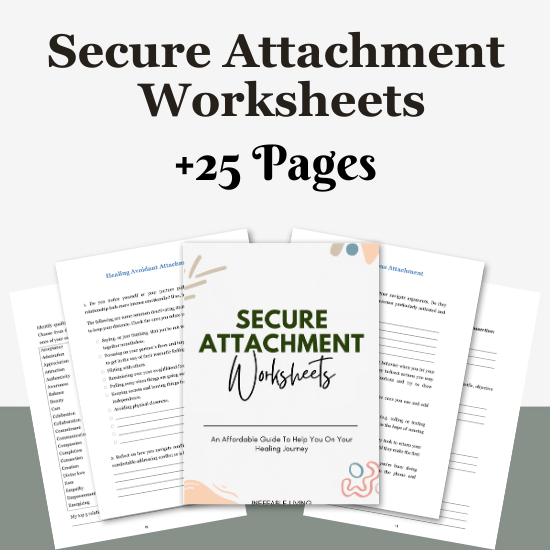
Conclusion
Disorganised attachment isn’t a flaw—it’s a nervous system that learned to survive chaos by splitting between closeness and fear. If this sounds like you, healing is possible. With self-awareness, therapy, and safe relationships, you can learn to trust, love, and feel safe—both with others and within yourself. You are not too much. You are not broken. You are learning what safety feels like, one step at a time.
